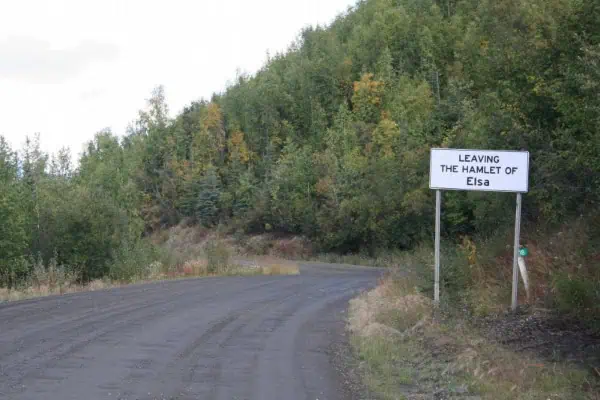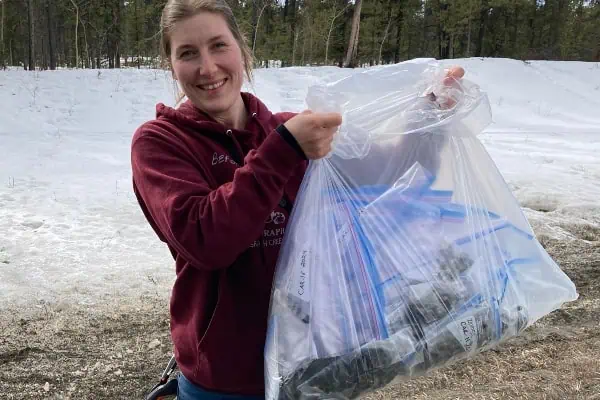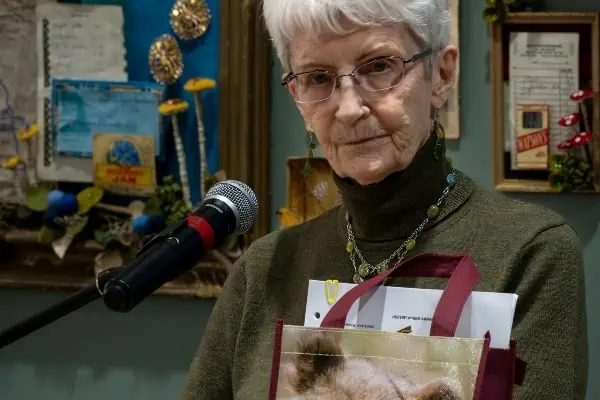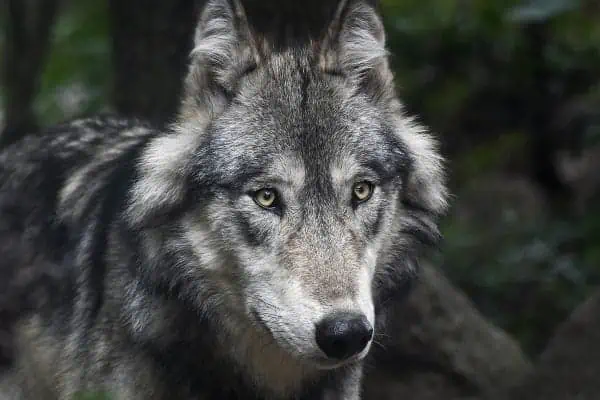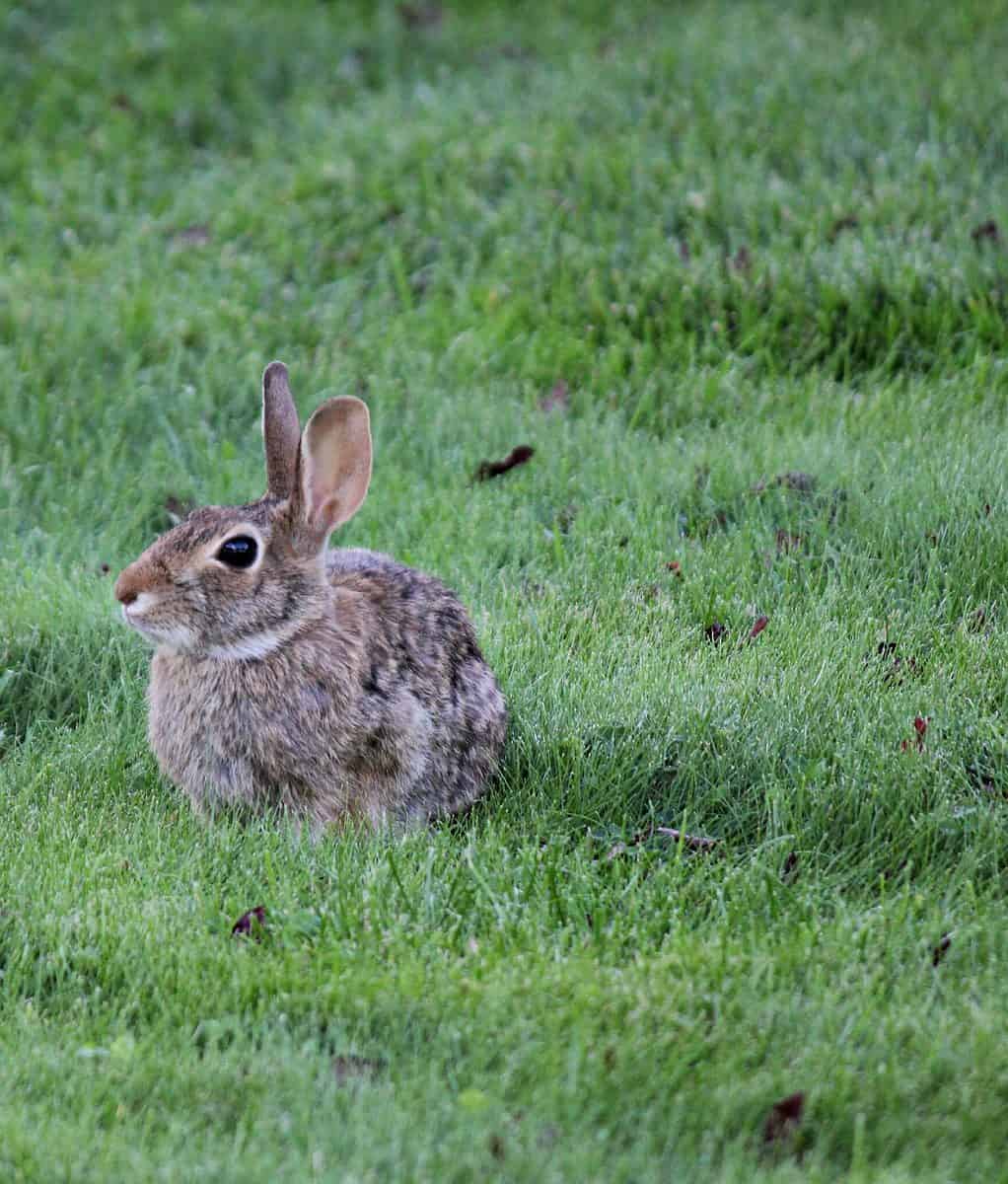
An old poem states “Great fleas have little fleas upon their backs to bite ‘em, and little fleas have lesser fleas, and so ad infinitum” (from Jonathan Swift’s poem Great Fleas Have Little Fleas Upon Their Backs, circa 1700s). I have used this reference in a number of my columns, but his lines apparently need explanation. It is loosely talking about “carrying capacity.” A simple way to explain this is that an area of land that includes habitat like water, or sources of food and places where animals seek shelter will support specific animals or birds. Because that parcel of land would support a grouse, does not mean the same parcel would support a different population of birds.
Cottontail rabbits, (a “great flea” example) …
In a year, a female cottontail may give birth to a dozen young. If there is a good crop of grass, dandelions, etc., the cottontail population will flourish. Now let’s add a high population of coyotes (“lesser fleas”) and the rabbit population is going to have a sharp decline. Now let’s add mange, or some other bad disease, to the coyote population and we will have fewer predators to keep the rabbits below an excessive carrying capacity for available food. Consequently, the rabbits eat themselves out of available food for their high numbers, and you end up with a die-off. In short, lose the rabbit population and you cut down the food source for the coyote, and that affects the proper carrying capacity for the coyote.
The moose population must have sufficient food, shelter and water to carry a specific number of moose. Take away one, and you could have a disaster. In short, you don’t need another animal to affect the moose population; just the loss of one of the essential three needs: food, shelter or water. Just cut down the trees and scarify the land. Moose live on young poplar and aspen branches, Drain a wetland where (moose rely on the aquatic plants that grow in wetlands) and you will reduce the available food and consequently reduce the number of moose in a given specific area. Let’s flip the coin over. Have a good amount of food but an exceptionally high number of moose. Now we have over grazing (not enough food for the high numbers of moose) and few predators to keep those numbers down. We have a disaster.
Weather conditions …
As one can see, wildlife management is a complicated science. Now let’s add the weather condition. If we have a dry spring, wetlands will dry up, and right now this is a major problem with wetlands in western North America. Consequently, the waterfowl population is declining. Water, of course, is essential both for animals as well as as for waterfowl. Reduce available water and you reduce mammal populations. Extreme cold winters will freeze many small creeks and that can be a disaster for animals. Animals then rely on snow for water intake. It takes more energy to melt snow down, which solves thirst problems. For example, fill a glass with snow and let it melt down to water and you will understand this point. We cut down trees for lumber and replace them with pole tree plants that do little good for animals. When was the last time the Yukon industry planted cedar, aspen or poplar trees for wildlife?
The importance of water …
Clean, non-toxic water is not only important to fish and wildlife, it is essential. Many lakes, rivers and creeks are becoming toxic due to industrial runoff, and broken hillsides as a result of off-road vehicles chewing away ruts to allow water to carry dirt into water sources. Plants need sunlight, but over time the runoff of toxic chemicals and dirt discolour the water and restrict the necessary sunlight for plant growth. Plant life in streams and lakes will die off and decay. Come winter and the freezeover of ice, plants can no longer give off needed oxygen, as the process will result in a lack of oxygen and, consequently, the fish will die.
The future of wildlife management …
It is clear that the future management of all species of wildlife should be managed by professional and experienced wildlife managers. When we get down to the basics of life—man or beast; cottontail rabbit or elephant—there is a need for a specific quality of habitat for the health and welfare of every species on this planet. Remember, science is an exact knowledge and that will determine life on this “small pebble of sand” in our universe.
I will end with an ancient Chinese saying: “May you live in interesting times” (origin unknown). I have used this before and it is most fitting for this column. I think you will agree that we live in an interesting time.

